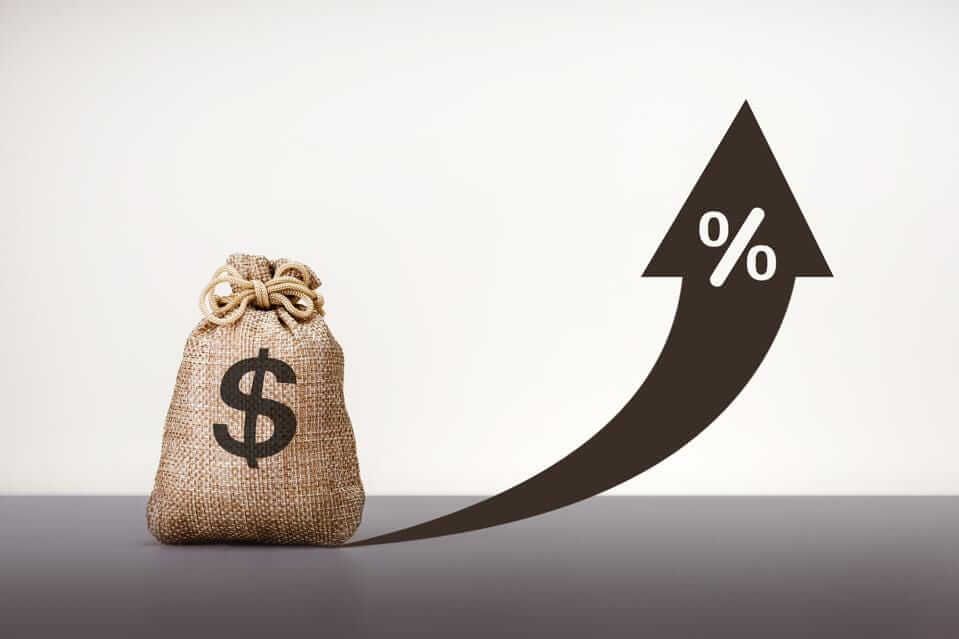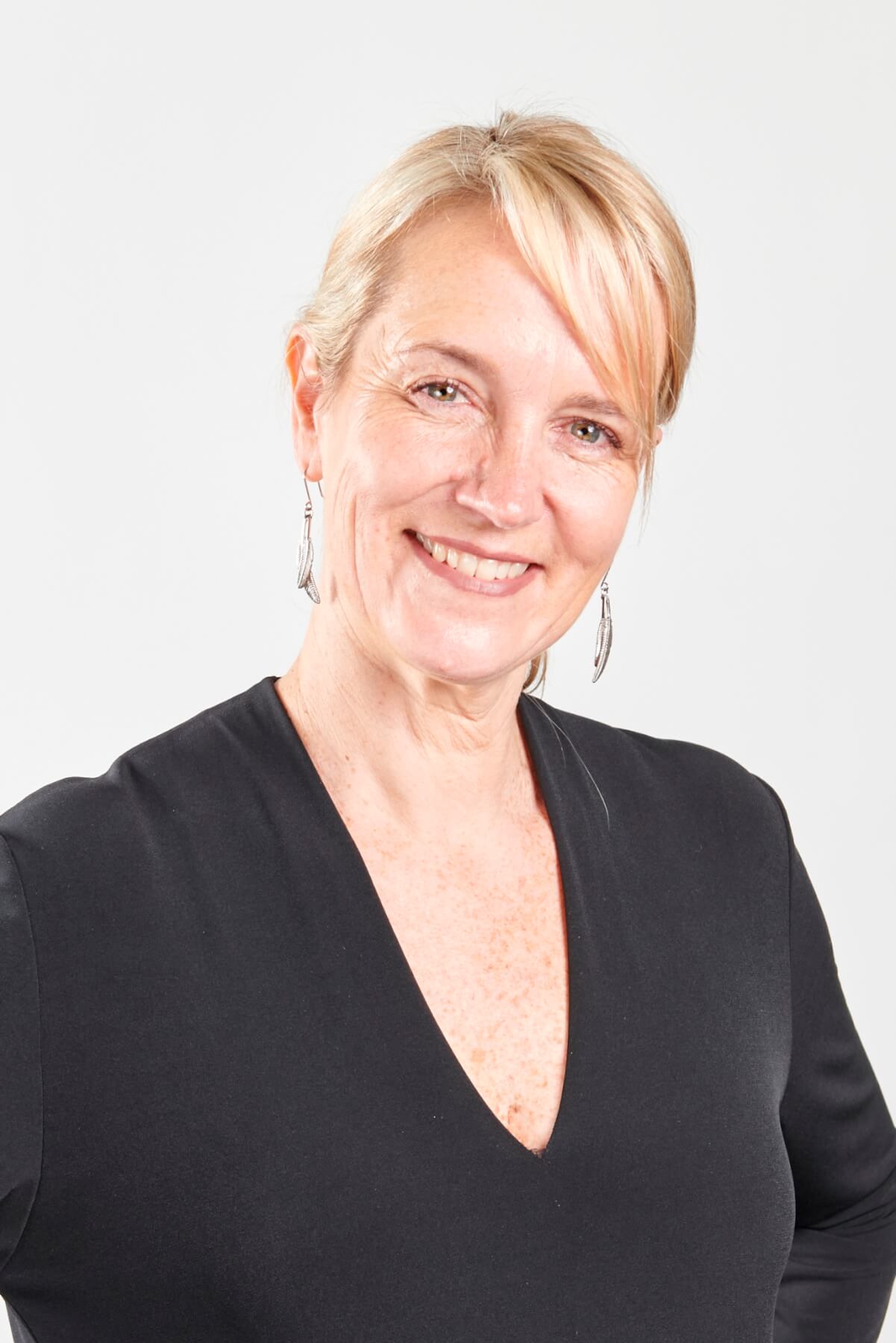High inflation, soaring interest rates and increased compliance costs are the main drivers behind Waipā District Council needing to collect $13.8 million more in rates revenue in the next financial year.
But the budget is far from final, and the community will have the chance to have their say on council plans for the next 10 years in March next year.
Susan O’Regan said the current economic climate meant the council was facing its most challenging Long Term Plan ever.
“We know people are experiencing the same at home with interest rates, inflation, insurance, and fuel just a few costs that have soared. We are certainly not immune to that, and for us that is amplified because of the sheer scale of what we do.
“This is our budget for the next 10 years and we have had to try to strike a balance. We can’t go backwards. We have to look after what we’ve got to maintain the amenity value of what makes Waipā such a great place to live, and still plan for the future.”
The increase in rates requirement from $85.5 million to $99.3 million represents an average increase of 14.8 percent for existing ratepayers, taking into account the expected level of growth in the rating base. Initial modelling on indicator properties shows residential ratepayers would see increases of between $4 and $23 per week.
What it means for individual properties will depend on location, capital value, and the services received. Individual property owners will be able to see exactly what it will mean for them when the rates calculator goes live during the consultation period.
O’Regan said there had been quite a journey to get to this point, including a review of fees and charges and the amount of grant funding the council provided to local and regional organisations.
The timing of projects would be critical to limit rating impacts and because of this, three of the four major projects being considered would not have a rating impact until at least year three of the plan.
“We’ve worked hard to reduce an original figure of 34.4 percent through many budget revisions and attempts to ‘cut the cloth to fit’. There are some costs we simply can’t cut. With our assets expected to rise in value by more than $120 million over the current year, we are also being required to set more money aside each year to fund their replacement.”
A 16 percent increase was needed to fund the increase in ‘uncontrollable’ costs alone. Some reserve funding had been used to help reduce the impact.
Waipā was not out of step with other councils with many others also expecting rates increases in the double digits just to maintain their current levels of service, O’Regan said.
The council will be asked to consider and adopt the draft Long Term Plan budget at a meeting next month before a series of community engagement events in March and April.
“We know our communities are feeling the pinch too, and any increase in rates will be acutely felt by some parts of our community. That is why it is going to be more important than ever that the community have their say when we ask for feedback next year,” O’Regan said.
“We will be relying on our communities to tell us if we’ve got the balance right.”










